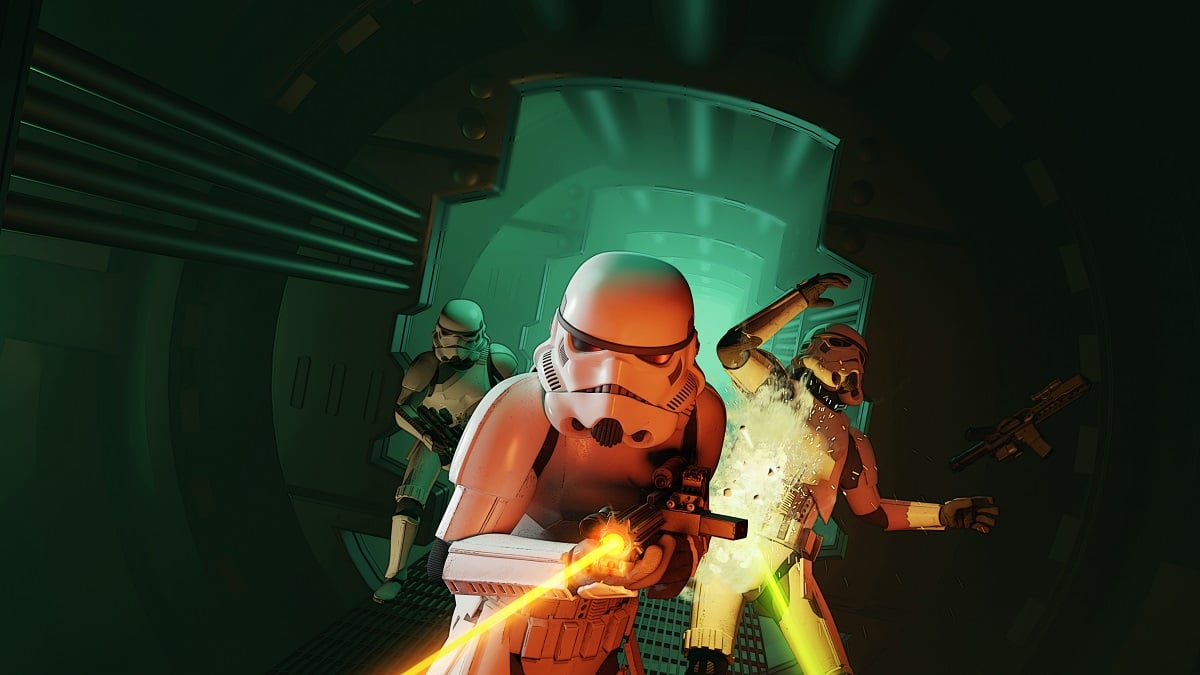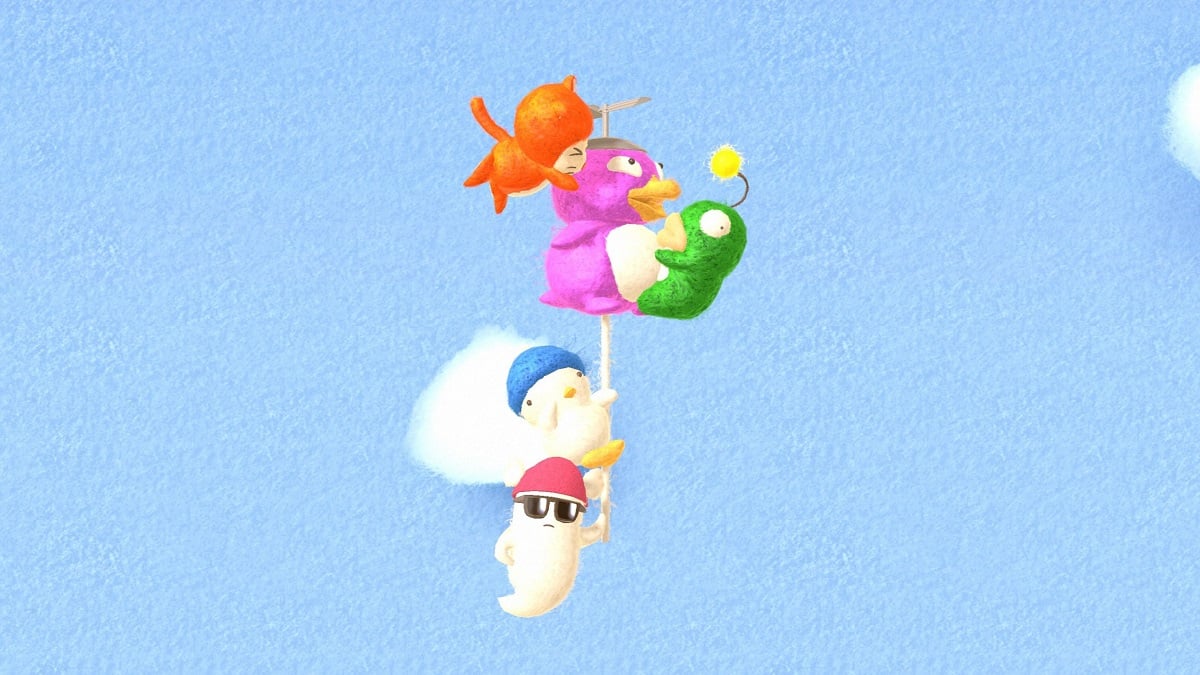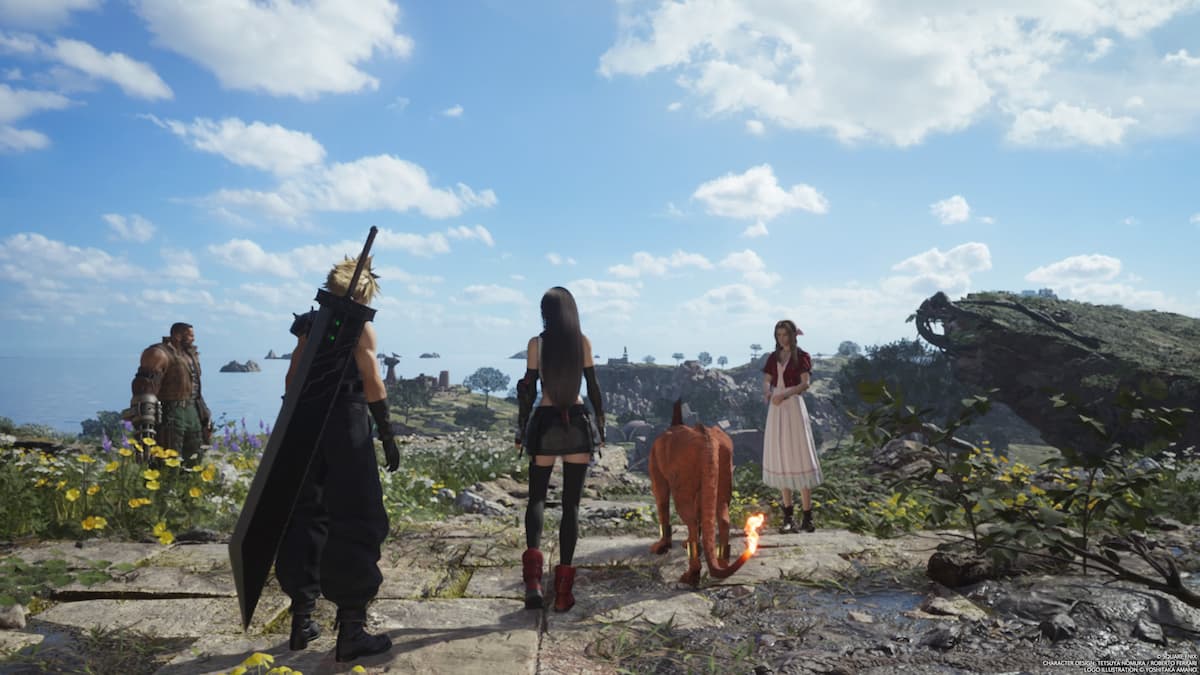Pokemon Unite is a solid MOBA-style game that serves as a gateway to the MOBA genre while also showing off the diverse abilities and personalities of Pokemon. The MOBA genre is one of the most popular video game formats in the world, with millions of players either participating in or watching games like League of Legends and DOTA 2 every day. So, it’s not entirely unexpected that The Pokemon Company would eventually try to capitalize on the format with the help of Chinese game developer Tencent. The result is Pokemon Unite, a free-to-download game available now on the Nintendo Switch and available this fall on mobile devices.
Pokemon Unite‘s central gameplay is a 5v5 competitive match in which players battle to score goals and earn points for their team. For standard matches, players compete in 10-minute bouts with a map made up of a top lane, a bottom lane, and a central area with no goals but plenty of wild Pokemon. MOBA veterans should be pretty familiar with how these matches play out – typically, four players (two teams of two Pokemon) manage the lanes while the fifth player aims to quickly level up their Pokemon and provide support to whichever lane needs backup the most. Players attempt to level up their Pokemon by knocking out either wild Pokemon or opponents and then unlock more powerful moves and increased stats. They also collect Aeos Energy that can be deposited into an opponent’s goal after a short delay for points.
At various points during the match, powerful wild Pokemon (Rotom, Drednaw, and Zapdos) appear in set locations in the map, granting advantages to whichever team lands the knockout blow on them. The Zapdos bonus is particularly game-changing, as distributes 20 points to each Pokemon and makes all of their opponents’ goals vulnerable to an attack. The arrival of Zapdos turns most matches into a frantic battle in the last two minutes, as no team is truly out of a match until Zapdos is defeated.
The 21 Pokemon (20 Pokemon available at launch, plus Gardevoir) seem to be mostly balanced and offer their own unique abilities. Pokemon are divided into five different categories with different strengths and weaknesses. Some Pokemon like Pikachu are Attackers meant to keep pressure on opponents, while other Pokemon like Mr. Mime and Snorlax are Defenders that form barriers to hinder enemies. There are very few “dud” Pokemon, although you’ll likely have to experiment (or look up online guides) to figure out which combination of moves work best for a particular Pokemon. There’s only one truly broken Pokemon – Gengar, who has a combo chain that’s impossible to overcome or block once it’s started.
The core gameplay is pretty fun, although it’s hindered by a lack of robust communication abilities. While you can send a few quick automated messages to teammates, you’ll have to turn to Discord or another third-party voice chat system if you want to craft real-time strategy. There’s also the usual divide between new players and veterans to MOBA games. A poor performance (or someone stepping away from the match) can really hinder your team and provide one more inescapable barrier to overcome.
The main criticism from most fans about Pokemon Unite is its many enticements to spend money on the game. Other MOBAs are free-to-play but come with premium currencies to unlock alternate skins or unlock champions without grinding. Pokemon Unite features that revenue stream, along with several other secondary sources of potential income. There’s the Battle Pass as well as a gacha-like system that unlocks new avatar items and skins. The most egregious, though, is the use of “held items.” Players can purchase held items that they can equip to their Pokemon to provide them with passive stat buffs. However, they can also level up those items to increase the potency of that buff. Those Held Items can only be leveled up using a specific resource that’s available in small doses by completing free-to-all missions or by completing Battle Pass missions. Thus, players who purchase the Battle Pass (or just pay for the resource using real-world currency) have an innate advantage in matches over the free-to-play players. The buffs are relatively minor, but they can make all the difference during a close and competitive match.
A secondary criticism is that there are way too many menus, each of which come with their own set of Missions and challenges to complete. Players get daily missions, Calendar/Event missions, Trainer Level bonuses, and Battle Pass missions, all of which come with their own menus. It all feels incredibly busy and seems like a smoke and mirror show to make up for the fact that there’s really not much to do if you’re not playing through an actual match.
I’ve enjoyed my experience in Pokemon Unite, and I feel that the core 5v5 matches are definitely something that players can sink a lot of hours into. The gameplay is a bit more forgiving than League of Legends to newcomers, but you’ll still have to work to figure out how to master a particular Pokemon’s skills and fit them into a wider team strategy. The pay-to-win criticisms lobbied by the fans are valid and are concerning given the Pokemon franchise’s younger demographic. If Tencent can tweak their revenue strategy to make it so that players don’t need to pay money in a free-to-play game in order to compete, than Pokemon Unite should have a long shelflife and could be Nintendo’s first successful foray into the MOBA competitive scene.
Pokemon Unite is available to download for free on the Nintendo Switch now. A mobile version of the game will be released later this year.


